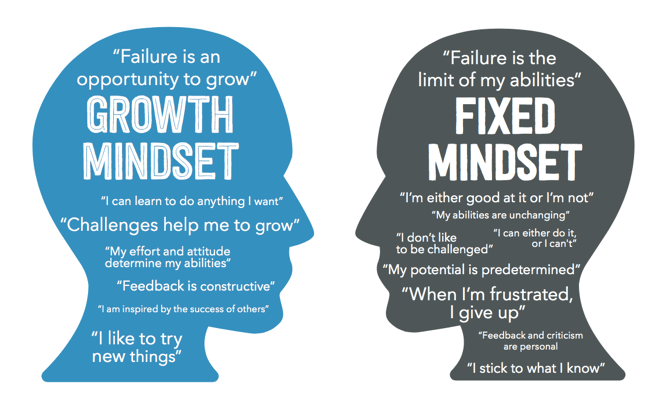I’m 49 years old. Old enough to remember the oil embargo in the 70’s and remember the recession in the early 80’s, but young enough to be inoculated from these troubles by my parents.
And I also remember asking for new toys, a new computer, and my parents saying, “No”.
Why? Because my parents instilled in me the value that if you want something to happen, you make it happen on your own, typically by earning more money, not saving money**.
And hence I discovered how people approach their goals at a young age.
One is from a scarcity mindset– and you literally see this everywhere on financial websites- that the only way to realize your dreams is to save more.
Here’s an example of the scarcity vs. abundance mindset: Ask yourself the following question:
“My spouse and I want to finally go to Hawaii with the kids next year. It costs $10,000. How do I make it happen?”
If you are one of the 9 and 10 people who say, “I will trim expenses and save the money to go”, you have a scarcity mindset.
However, if you are the 1 in 10 who say, “I will make more money to be able to take my family to Hawaii”, then you are of an abundance mindset.
Why it Matters to Nonprofits
I’ve been fortunate to have worked with thousands of nonprofits over the years. And like the example above, my experience is that 9 out of 10 of them employ the scarcity mindset. This group believes the only way to ‘grow’ is to cut expenses, and worse, cut investments. While expense management is a righteous endeavor, it should never be prioritized over the need of continuous investment to further grow your nonprofit’s resources.
All to often- and especially during this pandemic- I hear nonprofits cutting expenses, staff, and investments. Heck, even the ‘experts’ at the Harvard Business review advocated to do the same thing!!! THIS IS WRONG, and those who do this are already signing their own death certificates for their nonprofits.
By reducing investment into both donor acquisition *and* donor retention, the short term ‘gain’ by reducing expenses is always overshadowed by the *loss* of lifetime value from your donors. Simply put, those organizations who stop recruiting and retaining donors are doomed to fail.
Instead, nonprofits who have invested in their programs in this global pandemic have not only survived, they have thrived! As recently as Q3, giving in America is up 7.6%. Ask yourself this question- unless you are in the Arts or other COVID affected/in-person industry, is your nonprofit’s revenue up 7%? If not, why not?
The real problem with a scarcity mindset, is that the overall gain you will *ever* achieve is very limited. I.E., after all, you can’t cut more than 100% of your expenses (or even 30% in most cases!), so there is a very real ceiling on whatever ‘gains’ you can make.
On the other hand, when employing an abundance mindset, there is no ceiling. You can gain 10% or 1,000%…or even more. And yes, there is a small risk to lose money, but in my experience, I have *never* seen a nonprofit fail to raise more money when they wanted to.
While not a guru or anything approaching that stature, I do know of some solid characteristics of nonprofits who flourish and grow.
- They have strong leadership
- They have a realization that calculated risks are necessary for growth.
- They have a well-defined strategy…not a to-do-list.
Does your nonprofit have these characteristics? If not, why not?
-Jon
**- How did my parents embrace an abundance mindset during the early 80’s recession? Simple- my mother, Lessie Biederman, became a realtor. It was hard at first, but very quickly she built an income revenue stream and quickly gained happy clients which led to more referrals and more revenue. She had no ceiling on what she could earn, and the financial independence was very influential on a certain 13 year old boy who started his own car-wash business to earn enough money to buy a new (yet still used) computer- an Apple IIe. 😊




